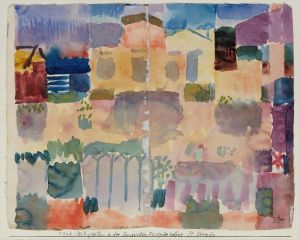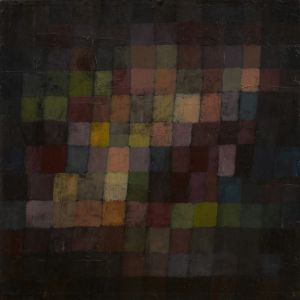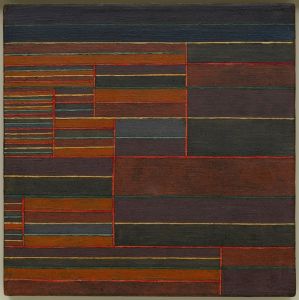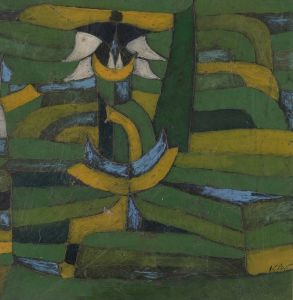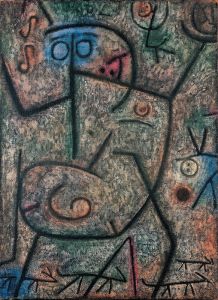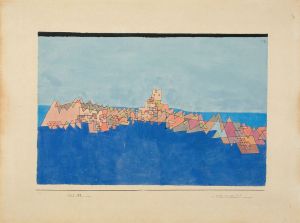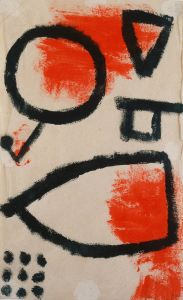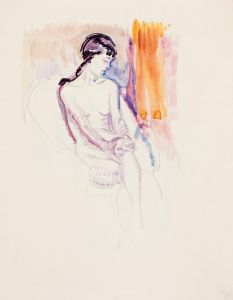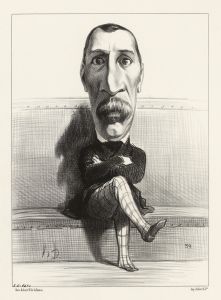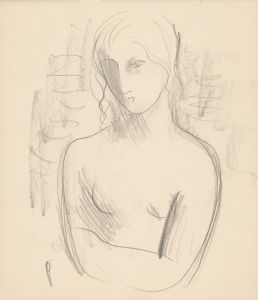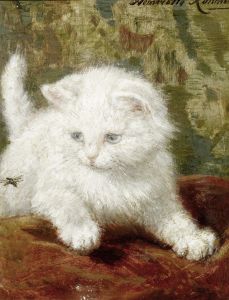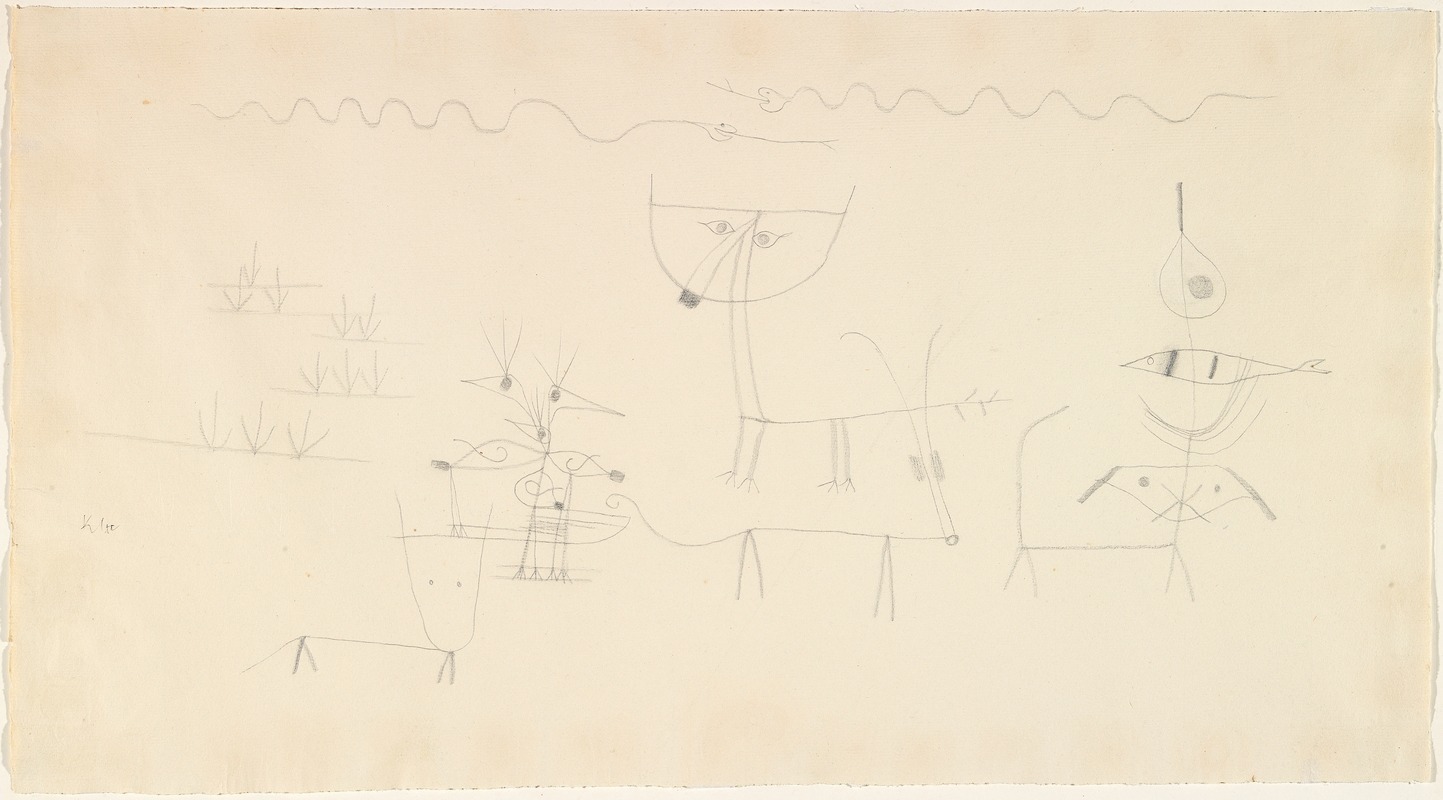
Tiergarten
A hand-painted replica of Paul Klee’s masterpiece Tiergarten, meticulously crafted by professional artists to capture the true essence of the original. Each piece is created with museum-quality canvas and rare mineral pigments, carefully painted by experienced artists with delicate brushstrokes and rich, layered colors to perfectly recreate the texture of the original artwork. Unlike machine-printed reproductions, this hand-painted version brings the painting to life, infused with the artist’s emotions and skill in every stroke. Whether for personal collection or home decoration, it instantly elevates the artistic atmosphere of any space.
Paul Klee, a Swiss-born artist, is renowned for his unique style that combines elements of expressionism, cubism, and surrealism. His work often features a playful use of color and form, and he is known for his ability to convey complex ideas through seemingly simple compositions. One of his notable works is "Tiergarten," which translates to "Animal Park" or "Zoo" in English.
"Tiergarten" was created in 1920, a period when Klee was deeply involved with the Bauhaus, a revolutionary art school in Germany where he taught alongside other influential artists like Wassily Kandinsky and Lyonel Feininger. The Bauhaus was known for its innovative approach to art, design, and architecture, emphasizing the unity of art and technology. Klee's work during this time reflects the Bauhaus principles, focusing on the exploration of color theory, form, and abstraction.
The painting "Tiergarten" is a testament to Klee's fascination with nature and his ability to abstract natural forms into geometric shapes and vibrant colors. The composition is characterized by a grid-like structure, a common feature in Klee's work, which he used to create a sense of order and harmony. Within this grid, Klee employs a variety of colors and shapes to suggest the presence of animals and vegetation, evoking the lively and diverse environment of a zoo or animal park.
Klee's use of color in "Tiergarten" is particularly noteworthy. He often employed a technique known as "divisionism," where colors are applied in small, distinct patches that blend optically rather than physically. This approach allows the colors to interact dynamically, creating a vibrant and lively surface that captures the viewer's attention. The interplay of warm and cool tones in "Tiergarten" adds depth and movement to the composition, inviting viewers to explore the painting's intricate details.
The abstract nature of "Tiergarten" reflects Klee's belief in the power of art to transcend reality and express deeper truths. He once stated, "Art does not reproduce the visible; rather, it makes visible." This philosophy is evident in "Tiergarten," where the abstract forms and colors suggest a world beyond the literal representation of an animal park, inviting viewers to engage with the painting on an emotional and intellectual level.
Klee's work, including "Tiergarten," has had a lasting impact on modern art. His innovative use of color and form influenced subsequent generations of artists, and his teachings at the Bauhaus continue to resonate in contemporary art and design education. "Tiergarten" exemplifies Klee's ability to blend abstraction with a sense of playfulness and wonder, making it a significant piece in his oeuvre and a valuable contribution to the art world.
Overall, "Tiergarten" by Paul Klee is a remarkable example of the artist's unique approach to abstraction and color, reflecting his deep engagement with the natural world and his innovative contributions to modern art.






